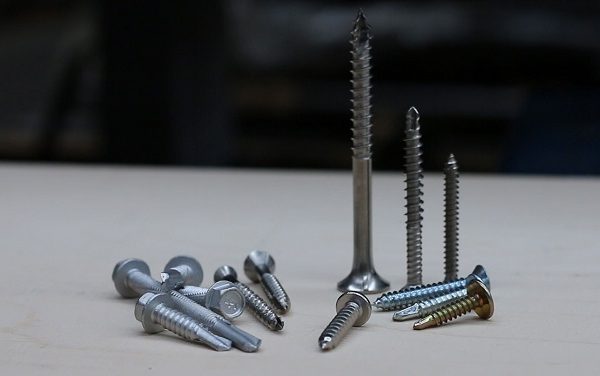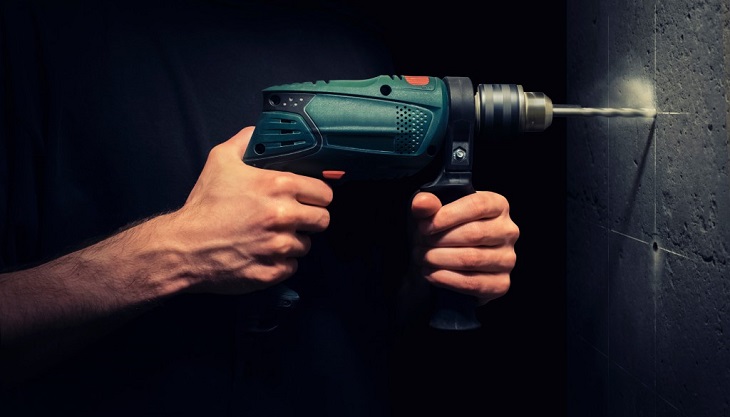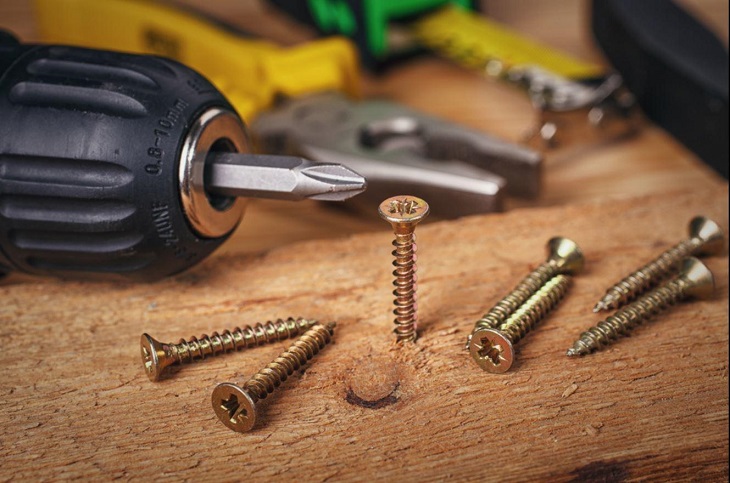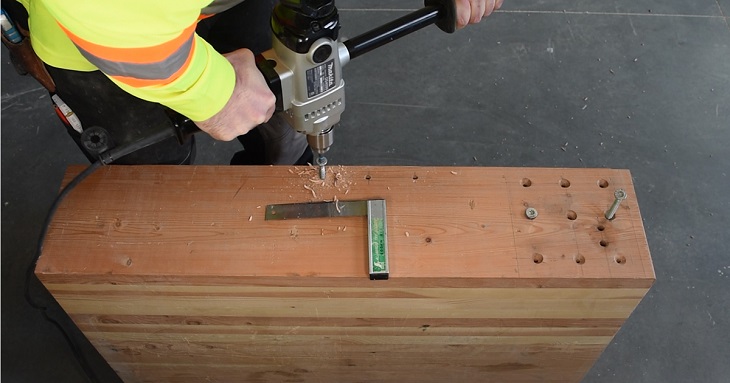02
Jul

The most commonly used fastening hardware as we all know are screws. Made to keep things together without the need to clean up spatter afterwards, screws are made to be convenient. This is especially the case with self drilling screws. Self-drilling screws come with a drill-shaped point and are usually made from stainless steel. Their point allows them to drill into different types of materials with pre-drilled pilot holes. They basically eliminate the need to drill into walls or sheet metal.
Self-drilling screws are not the same as self-tapping screws, by the way. They may sound similar, but unlike self-drilling screws, self-tapping screws are able to tap their own heads, but they’re unable to drill through materials. From HVAC work to small storage sheds, almost everything can be constructed with self-drilling screws – you just have to know how to use them.


When you need to make an unobtrusive fixing, then a low profile self drilling screw is the best option. This type of screw is available in different variations such as wafer-head, pancake-head, baypole, and tek self drilling screws.
The countersunk self-drilling screw is most commonly used for standard applications. These also come in different variations, with the size being the only major difference. Some come with added flexibility and others come with wings.
Self-drilling screws with wings are made to help drill into thicker sheets of metal. Heavy-duty materials are harder to go through, but not for self-drilling screws with wings. The wings enlarge the hole so they make for an easier path for the rest of the screw to go through.

When you melt the flute or the part that drills through it is probably due to using a high RPM count. It can also be the result of the material being too hard.
If the point of a self-drilling screw is melted, then you either used too much force when drilling through the material, or the material itself was too hard.
A self-drilling screw with a chipped flute is the result of too much force being applied when driving the screw in. The screw might go through the material but its flute is damaged.
When you’re unable to drill through a certain material, it can be because of a lot of different reasons. The reason behind this often has to do with the driver set put to reverse or the drill point being too blunt. A hard material can also be the case.
If you end up splitting the drill bit, then you probably used excessive force when drilling through. Make sure the screw you’re using is strong enough to drill through the material and don’t push it if you can’t seem to get it through.

While a self-drilling screw is a unique and an extremely smart solution that makes our lives easier, they are not indestructible. When using a self-drilling screw, make sure it’s always placed securely in the drill adapter and that it is rated for the material you’re about to drive it through. Always ensure you have the right type of self-drilling screw as it can cost you a lot more in repairs after the fact.
Use the power of self-drilling screws to your advantage, and if you do so, it can go a long way in making solid builds and structures that will last a long time. One last thing to remember is to not push your tools or hardware too much as it can end up doing more harm than good.